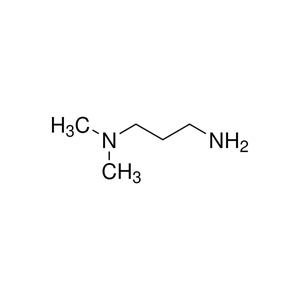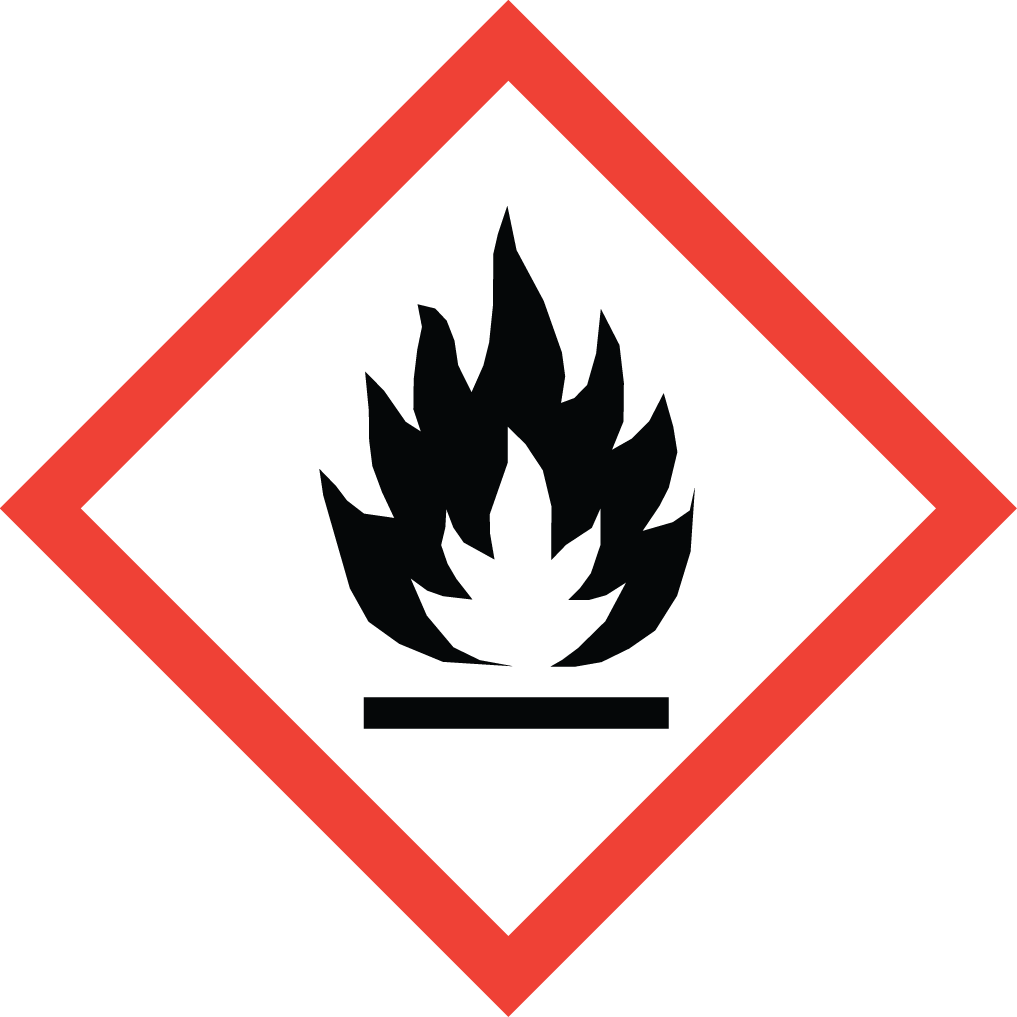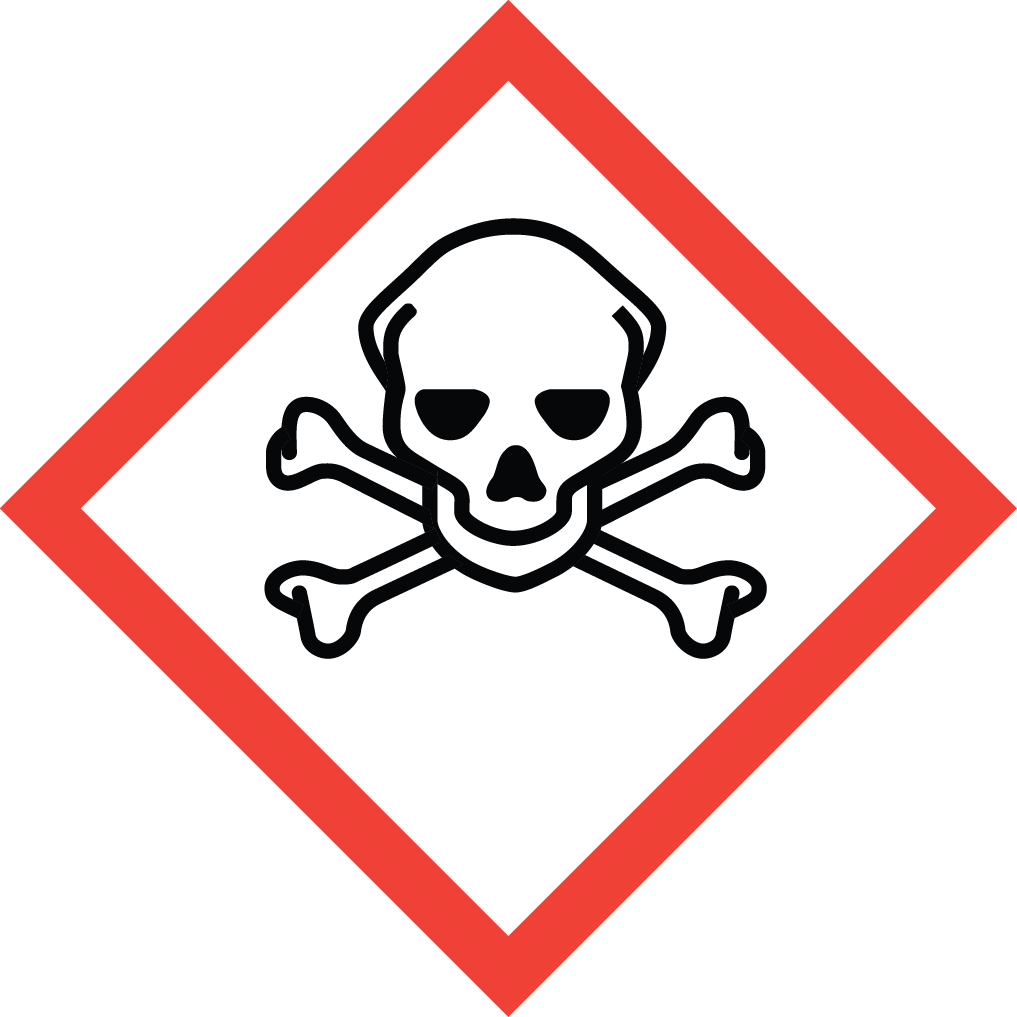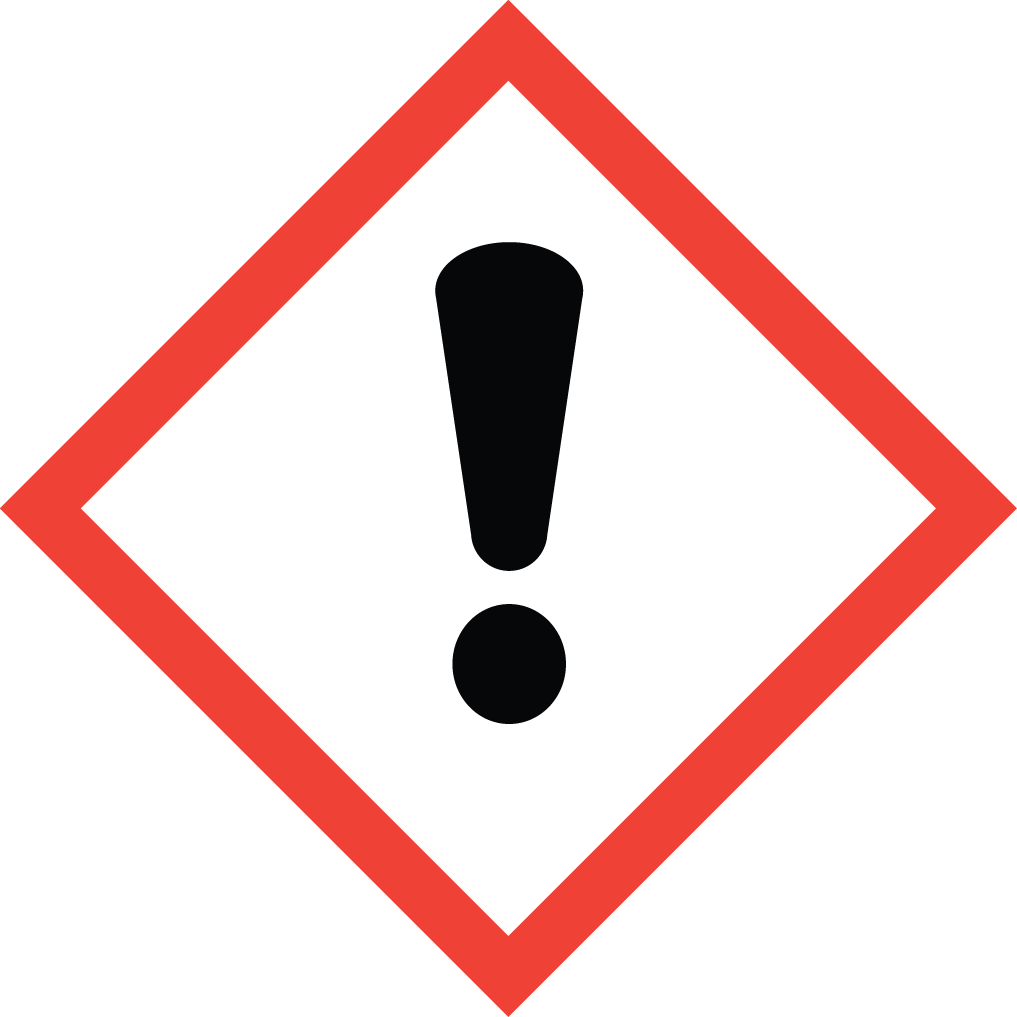Discover Aure Chemical's Premium DMAPA Supply
3-Dimethylaminopropylamine (DMAPA), also known as N,N-Dimethyl-1,3-propanediamine, is a key chemical intermediate with the CAS number 109-55-7. This colorless to pale yellow, strong-smelling diamine combines a tertiary amino group and a primary amino group, making it highly versatile in chemical synthesis. It is a critical building block, particularly in the production of surfactants for personal care products, and in the creation of durable polymers and coatings.
Basic Information of DMAPA
Meticulously produced and rigorously tested to meet stringent quality standards. We ensure exceptional purity and consistent performance, essential for your critical applications:
| CAS No.: | 109-55-7 |
|---|
| EC No.: | 203-680-9 |
|---|
| Linear Formula: | C5H14N2 |
|---|
| Molecular Weight: | 102.18 |
|---|
| Appearance: | Colorless to pale yellow clear liquid |
|---|
| Odor: | Strong, ammonia-like, or fishy odor |
|---|
| Melting Point: | -60 °C |
|---|
| Boiling Point: | 133 °C(lit.) |
|---|
| Density: | 0.812 g/mL at 25 °C(lit.) |
|---|
| Solubility: | Completely miscible with water, alcohol, and ether |
|---|
| Flash Point: | 90 °F |
|---|
| RIDADR: | UN 2734 8/PG 2 |
|---|
| Chemical Structure: |  |
|---|
Application Overview
DMAPA is one of the most versatile building blocks in the specialty chemical industry. Its dual-functionality (primary and tertiary amine groups) makes it suitable for reactions that require differential reactivity, leading to a wide array of high-value products across various sectors:
Surfactants and Personal Care: DMAPA is the essential raw material for synthesizing amidoamine intermediates, which are then used to produce amphoteric surfactants like Cocamidopropyl Betaine (CAPB). CAPB is a key ingredient in shampoos, body washes, and liquid soaps for its excellent foam-boosting and mild cleansing properties.
Epoxy Curing Agents: Due to its reactive primary amine group, DMAPA is used in the manufacture of polyamides, which act as high-performance curing agents for epoxy resins in coatings, adhesives, and composites. These systems provide excellent adhesion and chemical resistance.
Polymer and Resin Production: It is used in the synthesis of ion-exchange resins and as a monomer in the production of certain polyamide resins and cationic polymers for water treatment applications (flocculants).
Catalysis: DMAPA and its derivatives can act as catalysts and hardeners in certain polymerization reactions, including some polyurethane formulations.
Corrosion Inhibitors: Its derivatives are often incorporated into formulations used as corrosion inhibitors in oil and gas production and circulating water systems.
Why Choose Aure Chemical for DMAPA?
Partnering with Aure Chemical for your 3-Dimethylaminopropylamine (CAS 109-55-7) requirements ensures reliability, purity, and logistical excellence for your critical processes.
Integrated Supply Chain: We manage the entire production and distribution process from source to delivery, minimizing reliance on external factors and guaranteeing a stable supply of DMAPA, even during periods of high market demand.
Application-Specific Purity: Our DMAPA is manufactured with extremely tight specifications on key impurities, specifically tailored to meet the strict requirements of personal care industries where final product clarity, odor, and skin compatibility are paramount.
Expert Technical Support: Our team includes dedicated chemists and application specialists who can provide comprehensive guidance on DMAPA handling, storage, and its optimal use in complex reactions, such as betaine or polyamide synthesis.
Global Regulatory Compliance: We provide full documentation and certifications to ensure our product meets diverse international regulatory standards (e.g., REACH, TSCA, K-REACH), simplifying your global sourcing and registration process.
Hazards Classification
GHS Classification: Flammable Liquid (GHS02), Acute Toxicity (GHS06), Skin Corrosion/Irritation (GHS05), Skin Sensitizer (GHS07)
Hazard Statements: Flammable liquid and vapor; harmful if swallowed; causes severe skin burns and eye damage; may cause an allergic skin reaction.
UN Number: UN 2734
Hazard Class: 8 (Corrosive Substances)
Packing Group: II
 GHS02: Flammable
GHS02: Flammable GHS05: Corrosive
GHS05: Corrosive GHS06: Acute toxicity
GHS06: Acute toxicity GHS07: Irritant
GHS07: Irritant
